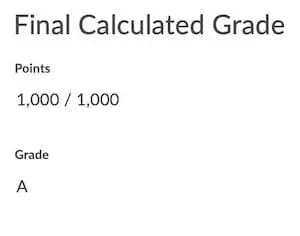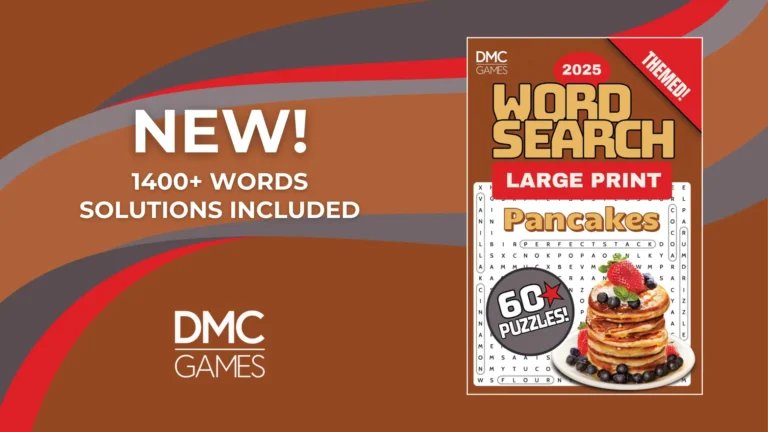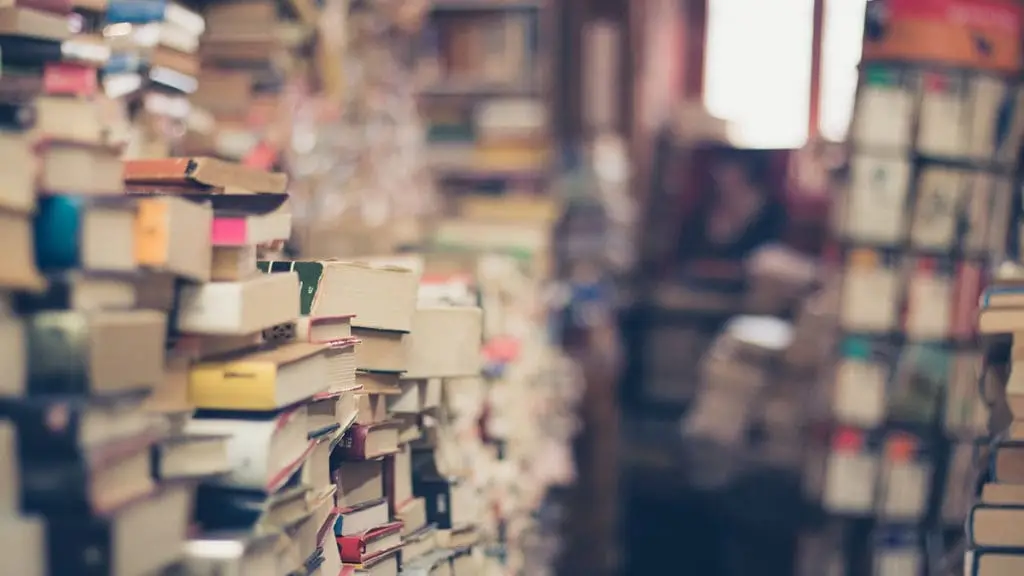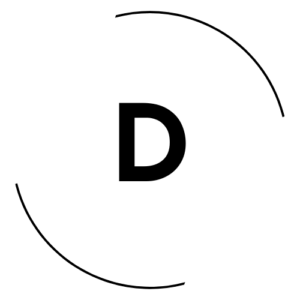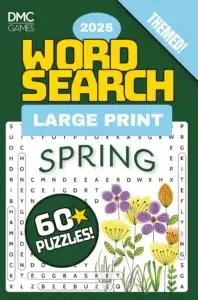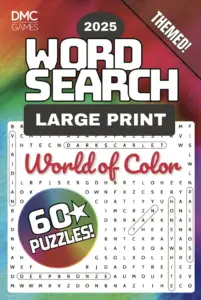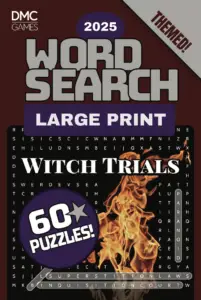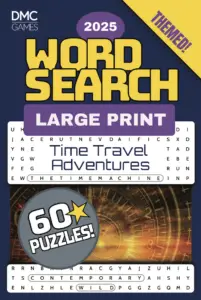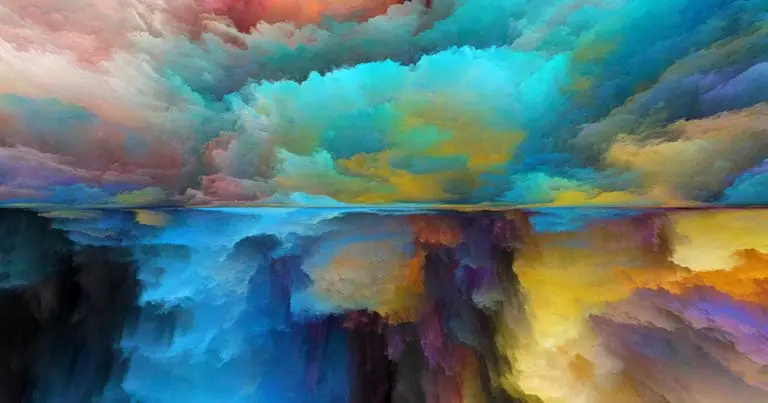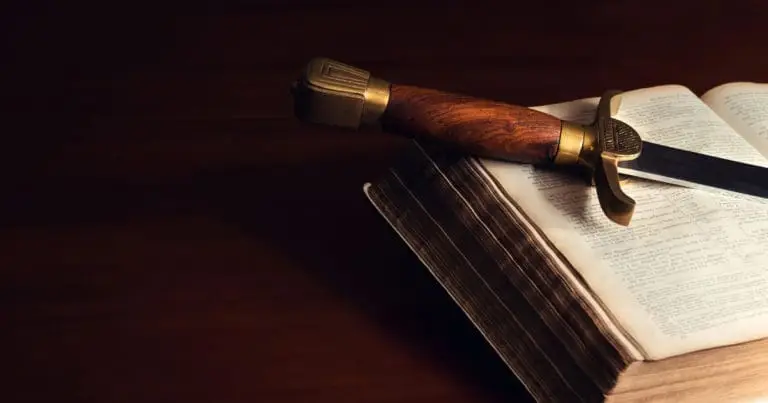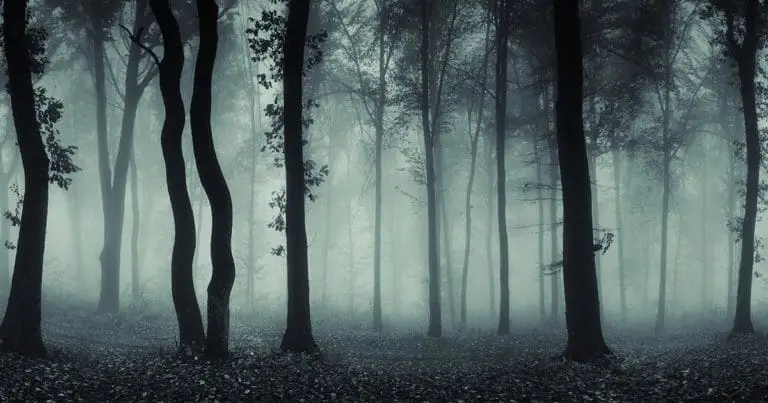Full-time enrollment at SNHU requires two courses per term, and after my initial term, I decided I'd be able to handle a pair at a time. Juggling home life, work, and school would be doable. Besides, I had 21 classes to take, and at two months per term, I could not imagine spending 42 months—almost four years—chasing the degree. Doubled up, I'd take less than two years. It wasn't a hard choice.
With a major in English & Creative Writing, this literature class would be the first of many, and I was excited. Humanities, I wasn't too sure about.
About LIT-100

As my first class, ENG-123, didn't require a textbook, LIT-100: Introduction to Literature was the first course for which I had to use the bookstore to buy an actual book. The process was simple. Log in, type my student ID number, then pay for the recommended book. In this case, the book was Literature: The Human Experience, by Richard Abcarian, Marvin Koltz, and Samuel Cohen. To say that we used a sliver of the 1,300-page book is an understatement.
It was also at this point that I needed to think about formats and where to get my textbooks. I went through the school bookstore this time because I was inexperienced and wanted to buy the book the way the school recommended. Shopping around would come later. As for formats, I decided that I'd go digital except for those books that I wanted to keep on my bookshelf for years to come (it would be a few classes before that happened—Intro to Mythology, to be specific).
My instructor was Professor Leah Hamilton, and she was great—helpful, energetic, knowledgable, and encouraging.
The Reading
As one should expect from a Literature course (even an entry-level literature course), there was a lot of reading. We covered plot and characterization in stories like Updike's “A&P” and Galchen's “Wild Berry Blue.” Sarah Shun-Lien Bynum's story “Likes” hit me hard; it resonated with me in ways I didn't expect. We had a bit of Shakespeare, and I wrote a journal assignment about Sonnet 130 (“My mistress' eyes are nothing like the sun”). I got to read “The Cask of Amontillado” and base my final project on it, and that ended up being one of the best things I read all year.
My least favorite assignment came in week six when the course tasked us with both reading and watching a performance of Antigone. The performers make strange choices with the material, and the sets were sparse to the point of distraction. The whole thing was tiresome to watch, and the reading wasn't much better. Students coming into this class, good luck.
The SNHU course recaps in this series each generally have an advice section. This recap doesn't because there's not much to give. Just one thing, and I've said it before: success is 80% time management. That's especially true in literature classes that require a lot of reading and analysis.
The Final Project
I've read a bit of Poe coming into this class but was never a fan. Reading “The Cask of Amontillado” turned that around. The final project is a 3-page paper delving into the theme of disproportional revenge—something with which I feel modern society has a problem.
And I came up with a line that almost didn't make it through the revision process because Professor Hamilton didn't like the use of “you” in an academic paper. “You can lead a man to literature, but you can’t make him think.”
The project was graded a perfect A and looking through my notes, I don't see a Turnitin score, but I know it was low. My scores have all been low. I've made the paper available for download, and I hope I shouldn't have to tell you not to plagiarize.
[wpdm_package id='3215′]
In the End
I liked the class quite a lot and might have an even higher opinion had I not been taking HUM-200 at the same time. The required stories were engaging and compelling, and I didn't feel overwhelmed. My classmates were cool, and this was (at the time of this writing) one of only two or three classes in which I had real discussions with the others. Usually, it's a post, then two responses, and then move on to the next week's work. Here, I had an extended discussion on my post, and it was helpful.
Final Grade: A (99.8%)
About HUM-200
Applied Humanities is broken not into modules, but themes. Each theme is two weeks, and they function exactly like the single-week modules in every other respect. The course ended up being fine, I guess, but I didn't enjoy it much. I did read my first Flannery O'Connor story, and that was a bright spot of the term.
HUM-200 was my first Soomo class. Like ENG-123, a MindEdge-based course, everything happed inside the Soomo interactive textbook, apart from the final project and its associated milestones. I hate Soomo. MindEdge, I didn't mind, but as integrated learning environments go, Soomo leaves a lot to be desired. I was unprepared for the mini-quizzes, reading broken up by practice exercises, and the drudgery inherent in the format. Still, each of the weekly Soomo subsections, four per week, could be completed in about an hour. It wasn't difficult, just dull.
Soomo quizzes are graded upon completion, but students have unlimited attempts to get the multiple-choice questions right. The short answer questions are pass/fail, and as long as the student writes something, full credit is earned. Students in the SNHU Facebook group reported submitting “I don't know” for full credit. Instructors may override the grade, but given that these people reported success, I can't say how frequently that occurs.
My instructor was Professor Shirley Lemperlé, who continued the (admittedly small, to this point) streak of great teachers at SNHU. Professor Lemperlé answered questions quickly, offered great insights in her announcements and discussion board interactions, and made the overall experience much better than it could have been.
Advice for Incoming HUM-200 Students at SNHU
Will you be taking this class? Here are a few things I think will help.
Do one Soomo section a day at first. Completing 1.1 on Monday, 1.2 on Tuesday, and so on, would be a good start. Some students will find they can do multiple sections in an hour or two; some will need additional time. The Soomo work isn’t difficult, but it is time-consuming. Do not put it off until the end of the week. Trust me, the last thing you want is to tackle all the Soomo work over a weekend.
Don't get cute with the final project selection. Pick your keenest interest and use it. I'm an English major; I wasn't about to compare two classical music works or ancient sculptures. I picked two short stories from my LIT-100 textbook. Nothing wrong with that, and it made the Works Cited pages on the milestones easier.

My kids’ public school starts teaching PowerPoint in the third grade, so I have to assume most college students have some experience with it. Just in case: learn PowerPoint before enrolling in the class. The final project for HUM-200 is a presentation. Know how to set up basic slides, import images, and create speaker notes. The last thing a student needs in week eight is to discover that they don’t know PowerPoint basics.
Don't stress. The humanities are a broad topic, and this is a 200-level class. It may seem daunting, and it's not super easy, but it isn't the toughest class anyone will take at SNHU.
The Final Project
This would end up being the only non-paper final project in my time at SNHU. Like the class itself, it's fine. I feel like I was kind of reaching, but Professor Lemperlé liked it enough to give me an ‘A.'
[wpdm_package id='3211′]
In the End
It's fine. HUM-200 is one of my least favorite classes so far, but that's like saying Iron Man 2 is one of my least favorite Marvel movies. It's still pretty good, and there are worse ways to spend a few hours.
Final Grade: A (100% – seriously)
